39 pages • 1 hour read
PlatoTheaetetus
Nonfiction | Book | Adult | BCEA modern alternative to SparkNotes and CliffsNotes, SuperSummary offers high-quality Study Guides with detailed chapter summaries and analysis of major themes, characters, and more.
Chapters 8-15Chapter Summaries & Analyses
Chapter 8 Summary: “Dice and Size Puzzles”
Socrates presents an initial puzzle regarding the theory that knowledge is perception. He uses the example of size. If a young man grows in one year while an old man does not, then it is possible that the latter becomes shorter than the former. If this is the case, then it seems, according to the theory that knowledge is perception, that two contradictory things must be true. First, that nothing about the old man has changed. Second, that at least one fact about him has changed, that he is now shorter than the young man. Socrates says that “more subtle” adherents of the perception theory of knowledge might try to avoid this objection by appealing to a certain metaphysical theory. Namely, they do so by arguing that everything in the universe is in a state of change.
Chapter 9 Summary: “Theory of Perception”
Socrates discusses the idea that everything changes in more detail. He explains how change and motion give rise to perception. That is, an object’s motion interacts with the change in the sense organ, such as the eye. This produces the impression of, for example, a white piece of wood. Furthermore, if true, this would help resolve a problem for the perception theory of knowledge: how the same thing appears differently to different people at different times.
Related Titles
By Plato
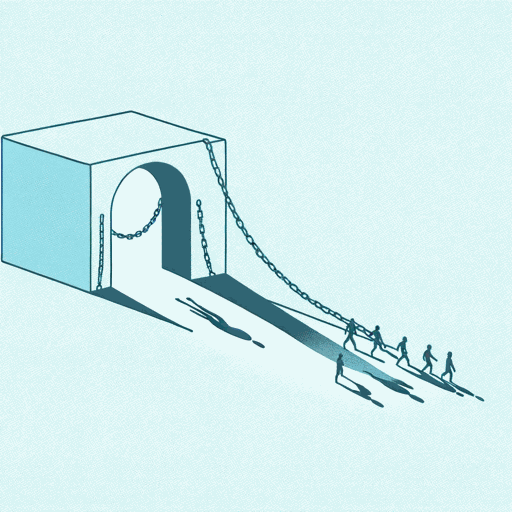
Allegory Of The Cave
Plato

Apology
Plato

Crito
Plato
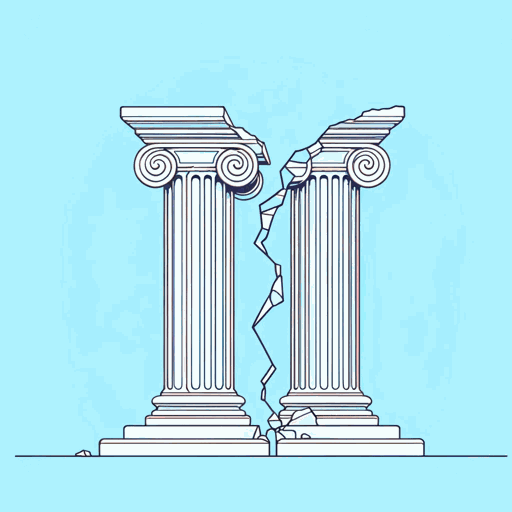
Euthyphro
Plato

Gorgias
Plato
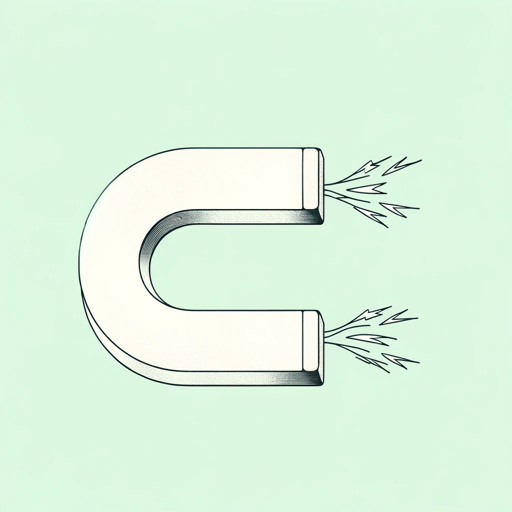
Ion
Plato

Meno
Plato

Phaedo
Plato
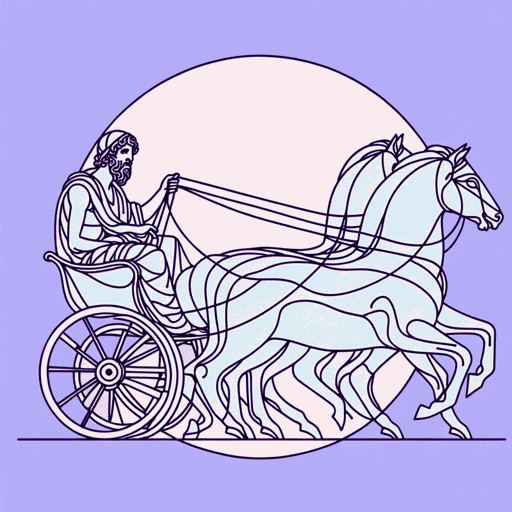
Phaedrus
Plato
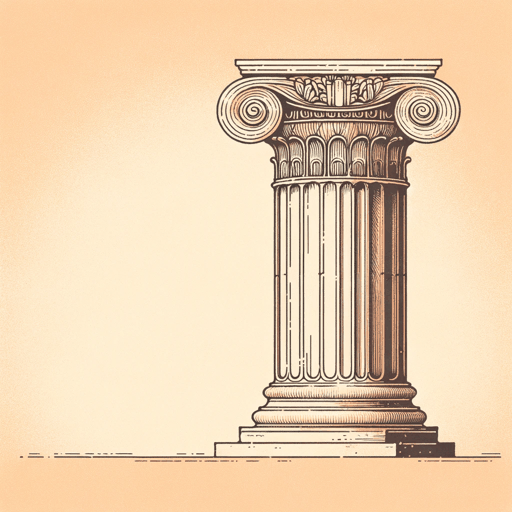
Protagoras
Plato
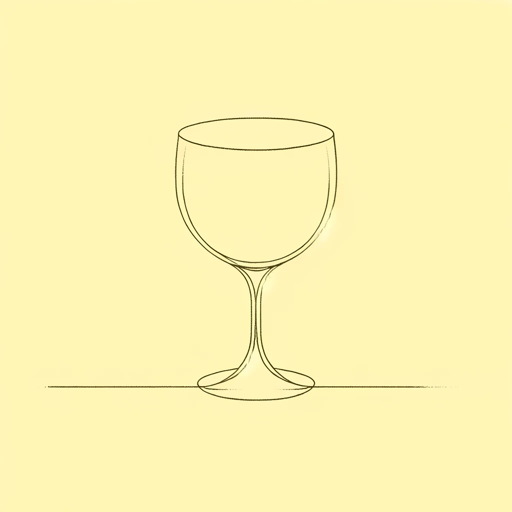
Symposium
Plato

The Last Days of Socrates
Plato

The Republic
Plato

